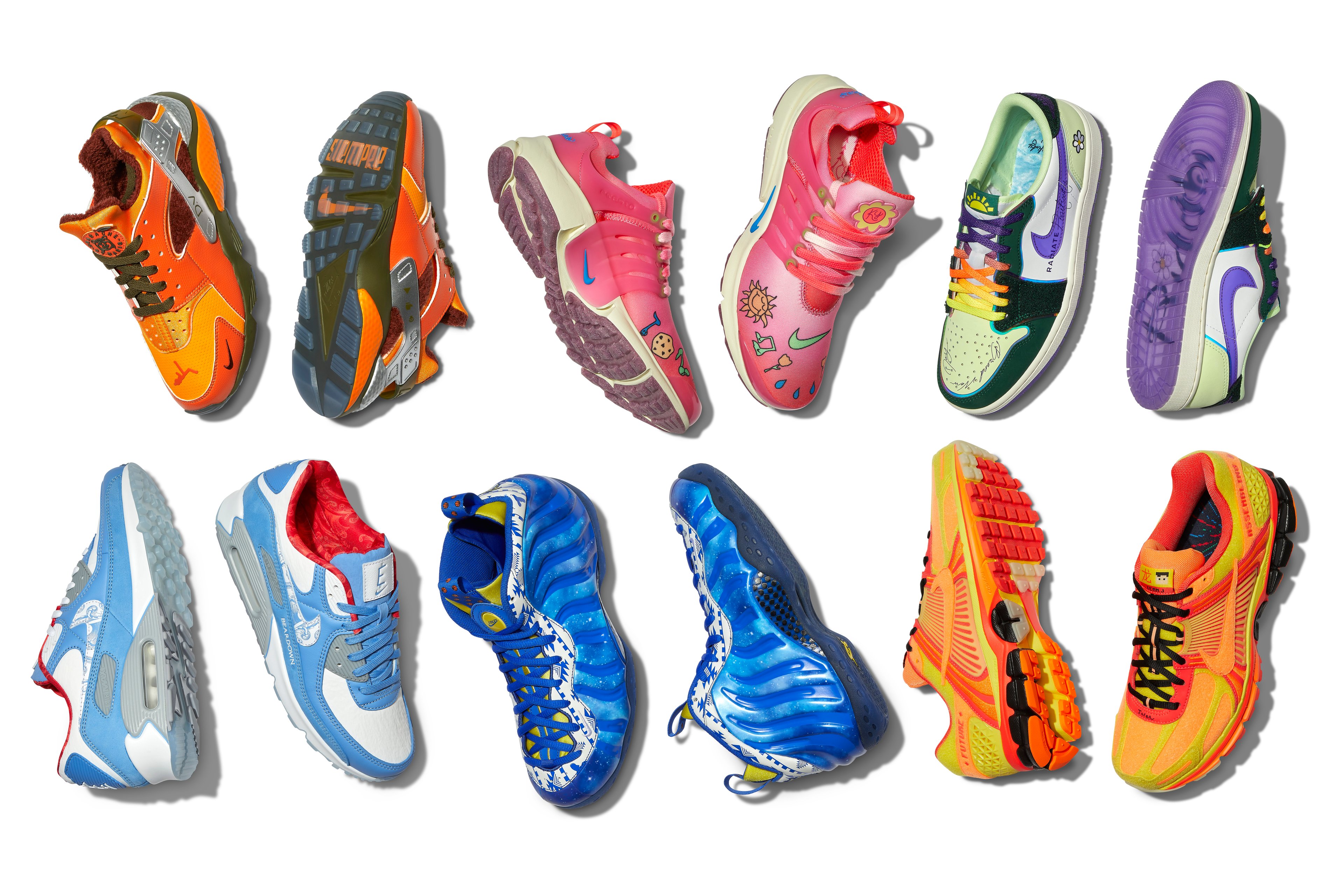To attract enthusiastic investors again, sportswear and athleisure manufacturer Under Armour (UA +1.97%) (UAA +0.35%) needs to flip its negative revenue and earnings growth trends -- a multi-quarter task. But along the way, the company will need to invest handily to keep up with robust competitors. Motley Fool contributor Asit Sharma discusses this investment hurdle below, and also takes a look at the company's stock price valuation.
A full transcript follows the video.
Sharma: ...Lack of capital on that balance sheet, it looks solid. I showed you that picture, there is nothing to worry about. They have positive cash flow and they are going to be fine. It's not like they're draining cash, and they've gotten a little bit of balance sheet power. They can borrow some more if they need to. But the issue is, competing in this space is expensive. Just take one big market that's important to all players, the college market. It takes a lot of money to compete to get your brand onto a college teams' logo across campus that you see them in the NCWA games, football, basketball, etc.
Nike and Adidas are fierce competitors, I mean, they allocate billions of dollars each year to these endorsements and signing these multi-year deals with colleges. So one of the questions that I have as just part of the risk scenario, is just to get this brand back where it needs to be. It's going to cost them money, they are going to have to pay for some stellar endorsements in the NBA, they are going to have to keep trying to compete with Nike and Adidas for these college endorsements as well as the marketing it takes to introduce new products.
Historically, it has been a really cool brand with a lot of uptake among consumers, especially a younger demographic. But I feel it's got some age in it now and these few years that they wasted with some forays into businesses that were outside their core, but didn't turn out to be the businesses that they needed to be in, I think that's taken some luster off the brand with consumers and mostly, the young kids that are buying sneakers and stuff. It remains extremely popular, but I think it just contributes to the risk that you were talking about. Let me take just a couple of minutes here. I'll do this in a minute. Let's look at the valuation here, so how do you look at this company? I talked about those net income losses that have more to do with impairments of brands and restructuring.
If we don't pay as much attention to that, maybe the best two metrics to look at are enterprise value, which is basically the company's balance sheet, plus its market capitalization. If you just isolate debt on the balance sheet and some people subtract working capital from that, or at least the current assets, add market capitalization, that's enterprise value, EBITDA is a proxy for cash flow. We see here that that has declined over the years. That doesn't look too off, 8.6X EBITDA. If we go to free cash flow, which will be another important measure, the company looks a little bit more expensive trading, at about 44X our free cash flow. A number of turnaround stores you might see, there's sort of contradictory. Let me just throw this one in the price to sales ratio, which sometimes we use in the consumer goods industry when a company isn't making consistent profits for a SIGI Stock, this below one here. That means it's selling for under 1X its sales, that's par for the course and indicates it's not necessarily overvalued. I would say the metrics are disagreeing with each other here. On one side of it, if it starts to generate much more cash flow and show solid net income going forward, you're going to see the case that Brian says. The stock could take off and this is what these charts are showing us. Otherwise, it's still expensive and in some ways, if nothing changes, even $10 probably isn't a great price per share for this company.









